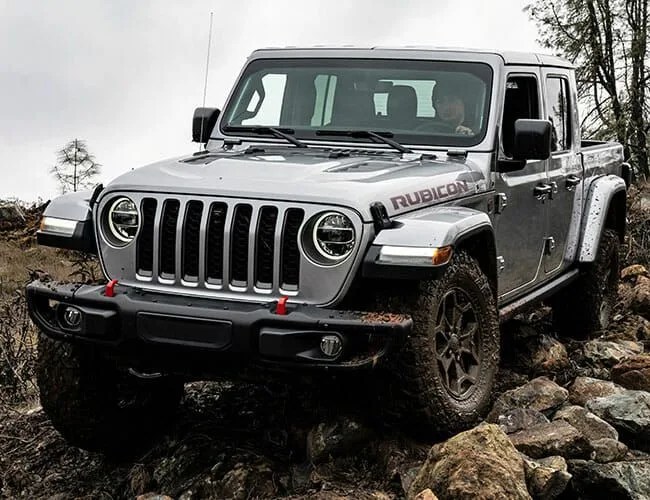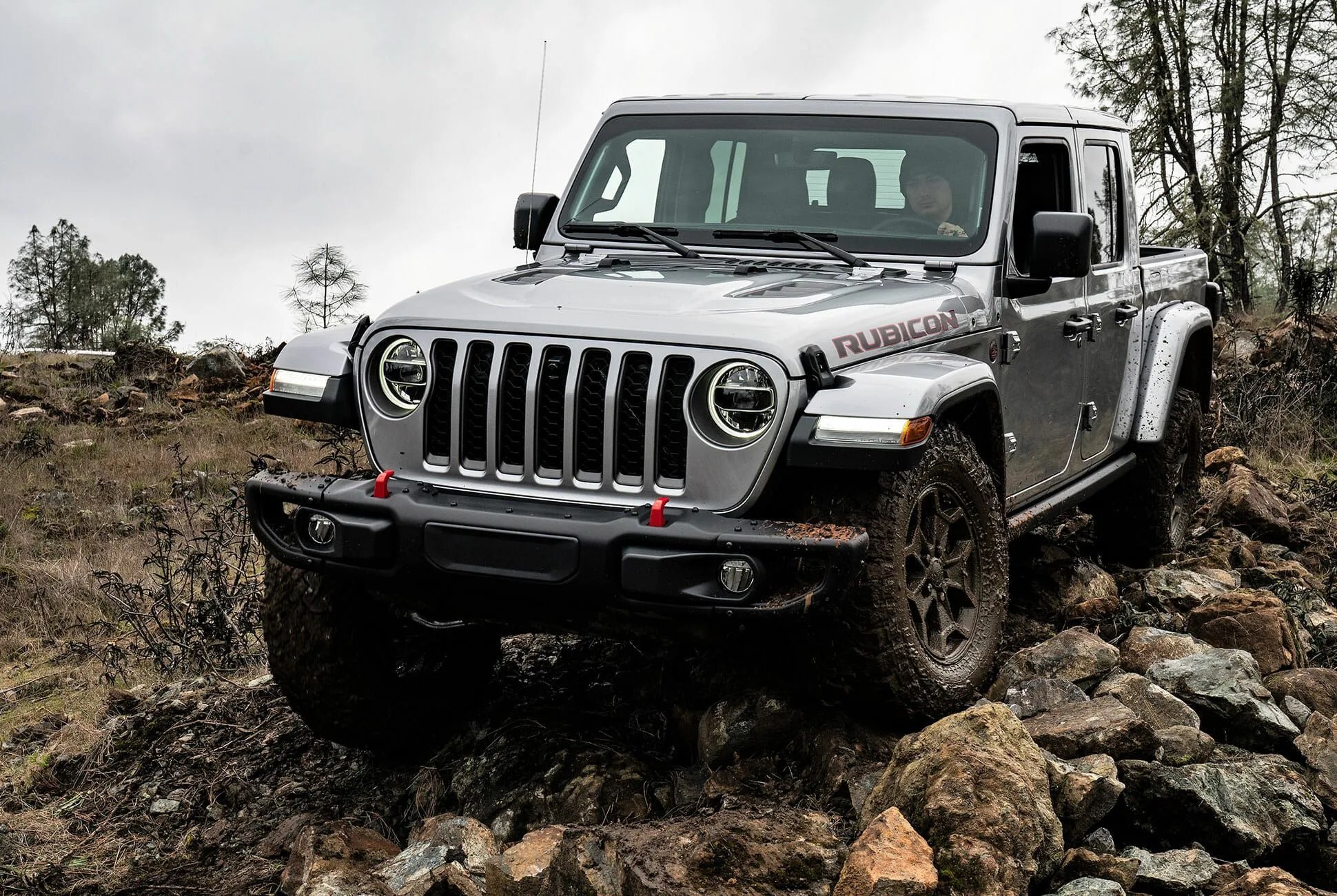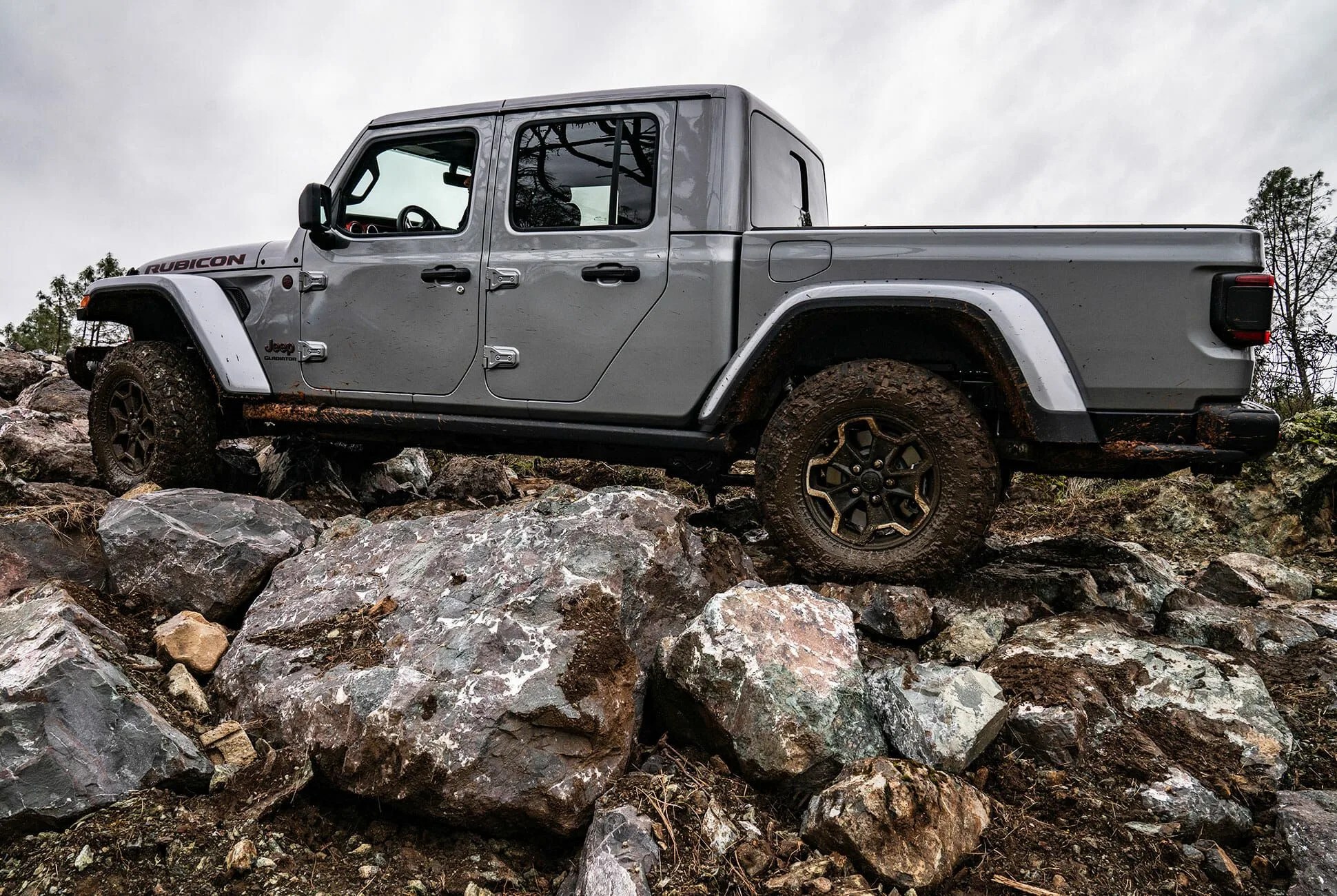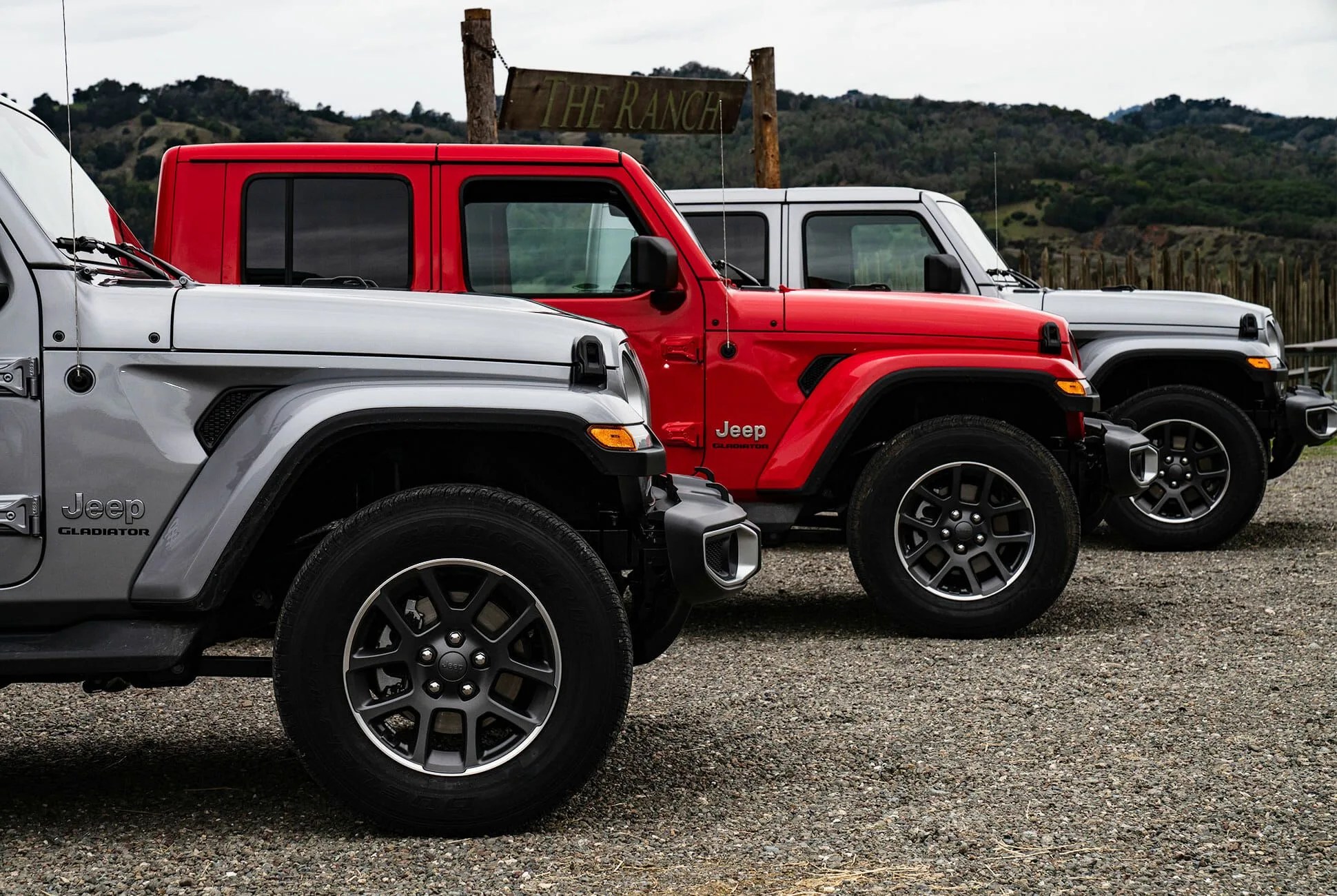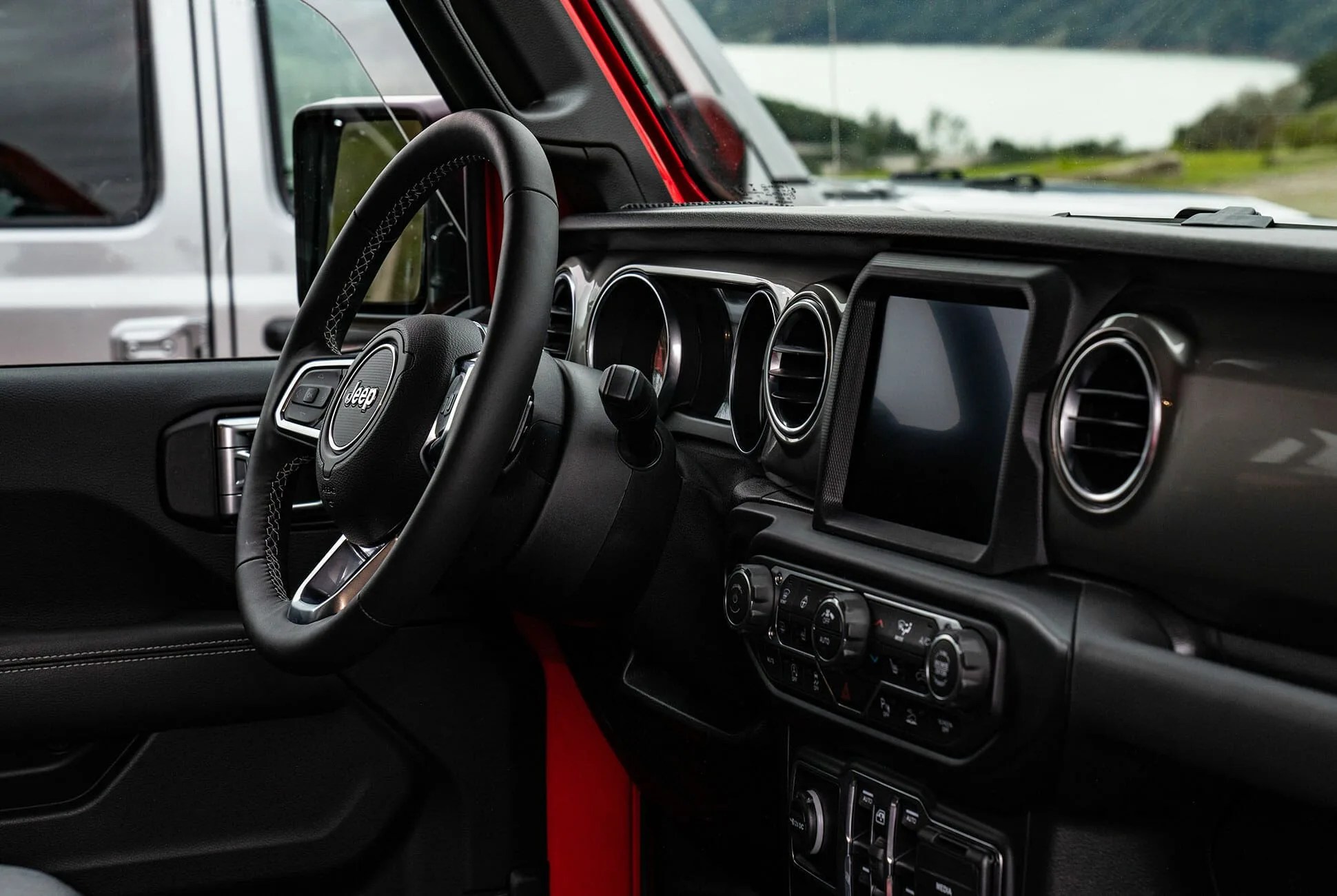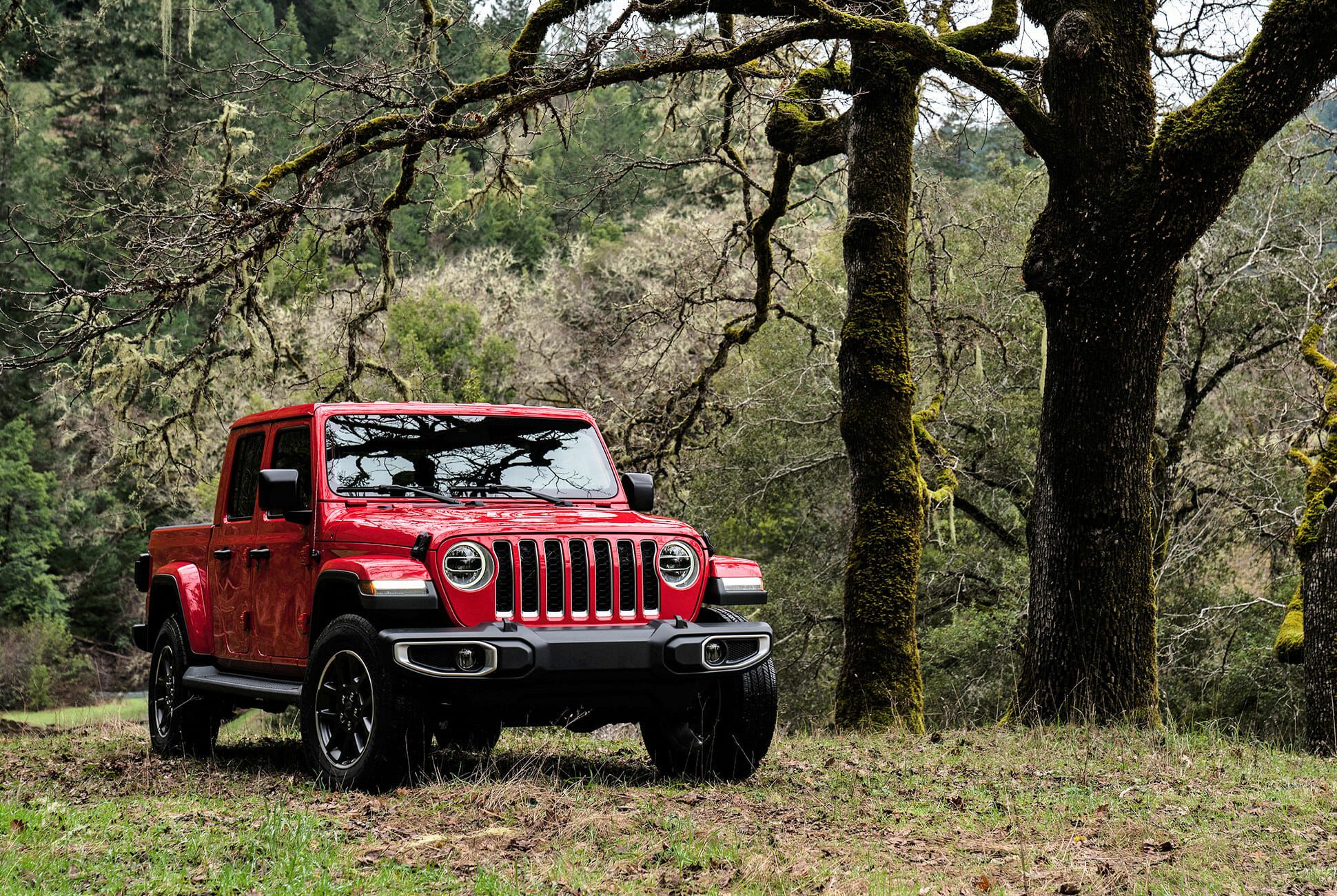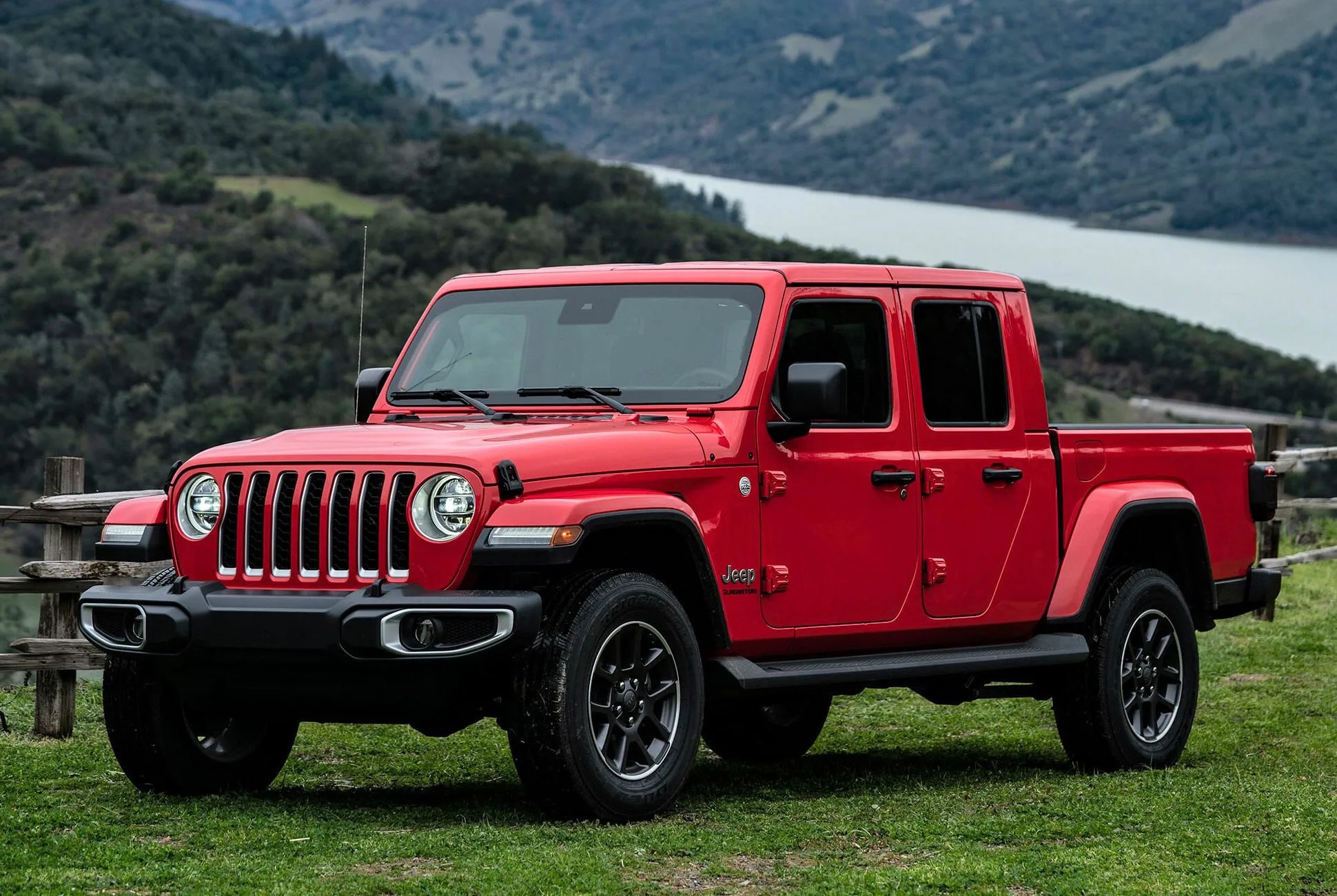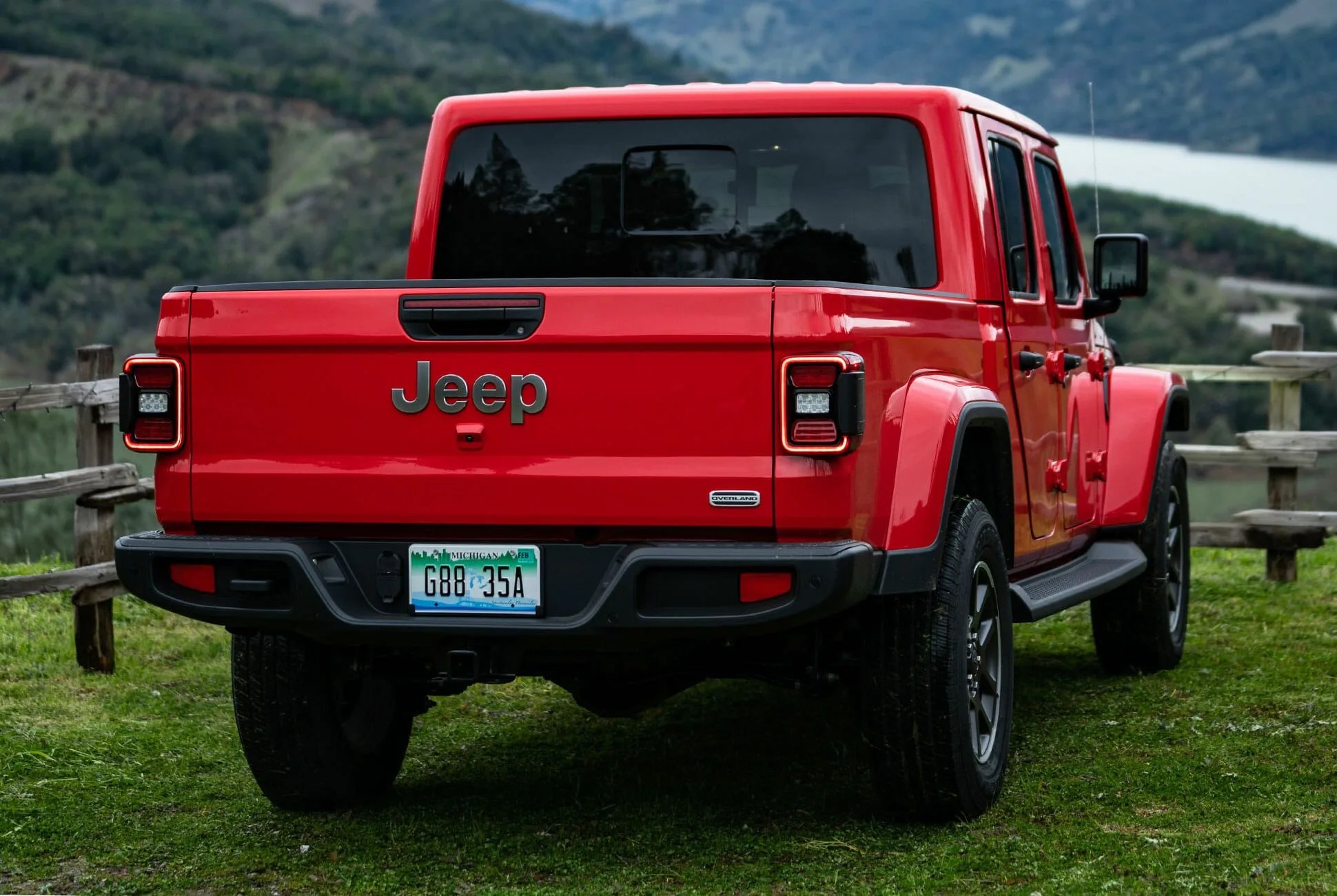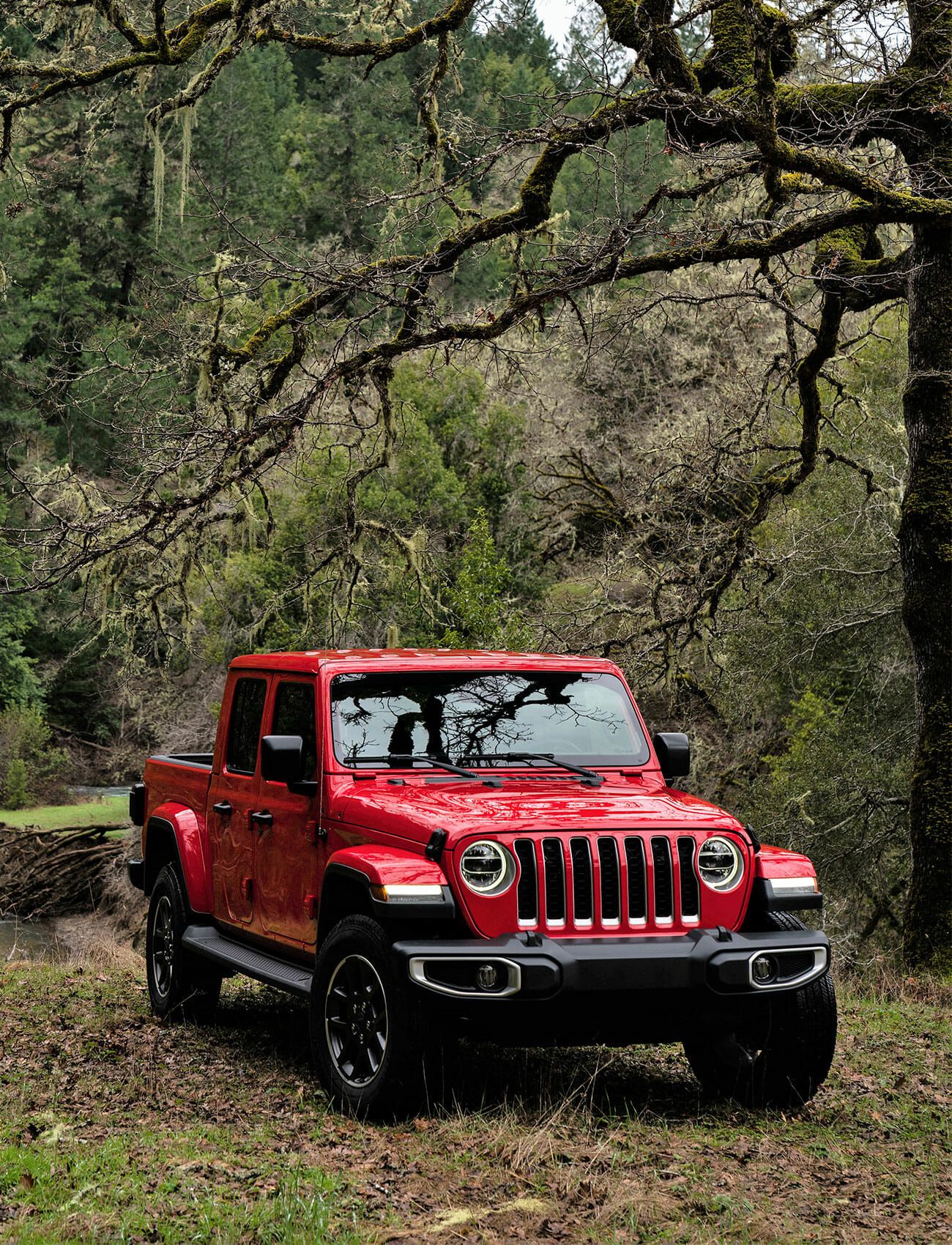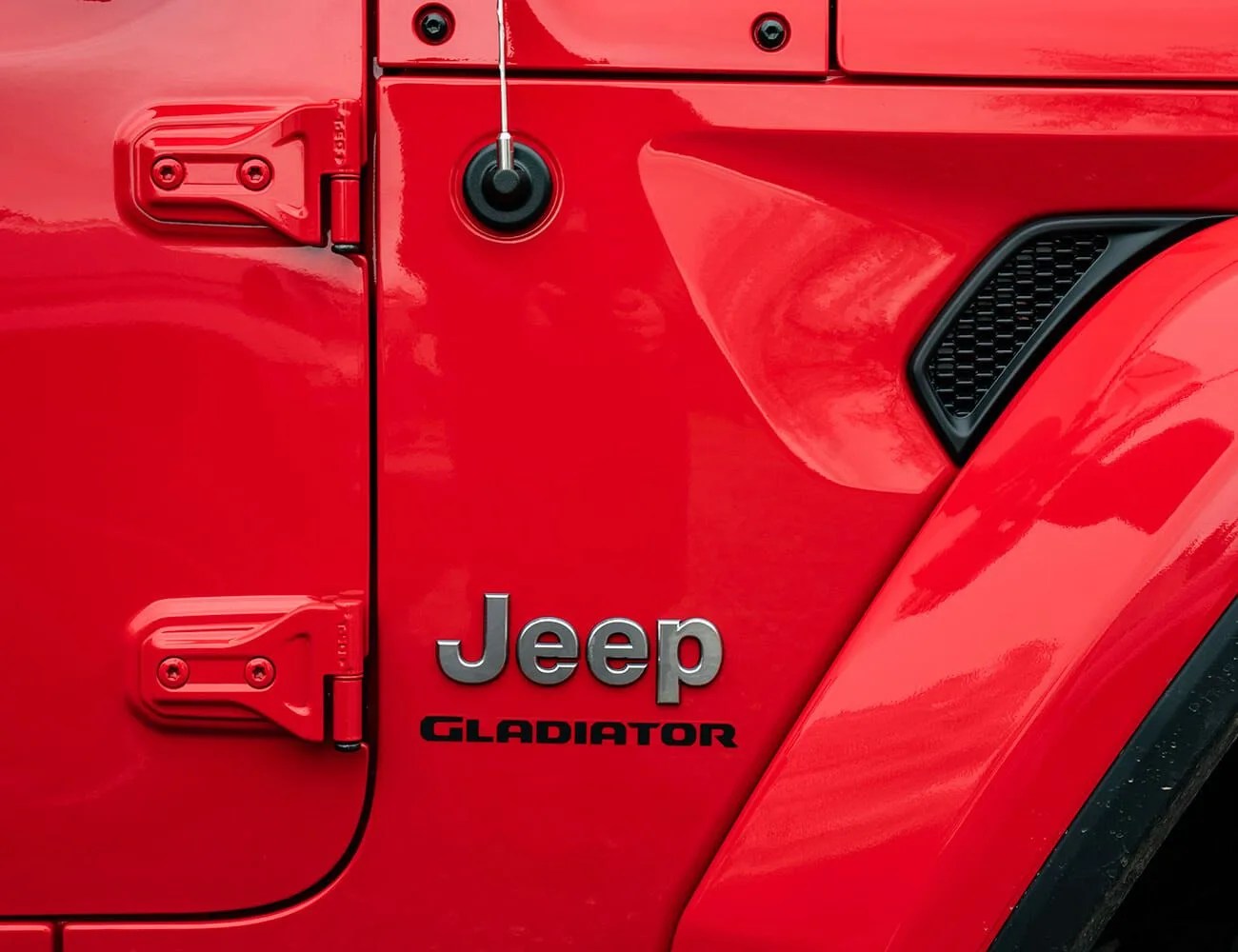7 photos
When was the last time you saw a Jeep pickup truck? For younger generations, probably never. After all, the last was built in 1992 — the Cherokee-based Comanche — meaning the mere idea of one is almost 30 years old. As a result, most of those who see the new Jeep Gladiator, which is based on the newly redesigned Wrangler, might be startled by the fact that such a thing even exists. Elder enthusiasts and true aficionados of any age, however, will feel pangs of nostalgia and even delight. Both a Wrangler and a pickup? Wondrous indeed.
What’s Good: The Gladiator retains almost all the Wrangler’s off-road capability save for slightly diminished breakover and departure angles, and comes in four different configurations: Sport, Sport S, Overland and Rubicon. So it’s a fully legitimate trail-basher, with the added bonus of the utility bed out back. As with the Wrangler, the details throughout the vehicle are truly marvelous. It’s got all of its donor model’s coolest features, including the fold-down windscreen and readily removable doors, but also a few tricks of its own, like rear seats that flip up to reveal a voluminous storage bin that looks suspiciously like a built-in rifle case but in fact can be partitioned however you like.
Who it’s for: Folks who like to haul stuff and explore, or explore and haul stuff. The new midsized pickup, about to enter showrooms, is 31 inches longer than the longest Wrangler, the four-door, and its wheelbase stretches 20 inches. This makes room for a full five-foot bed that can carry whatever you need—topsoil, camping gear, lumber—though not quite enough space to haul sheets of plywood or drywall. Leave that to the full-size pickups. Besides, while those guys are refinishing their basements, you’ll be out conquering trails and scrambling over rock beds.
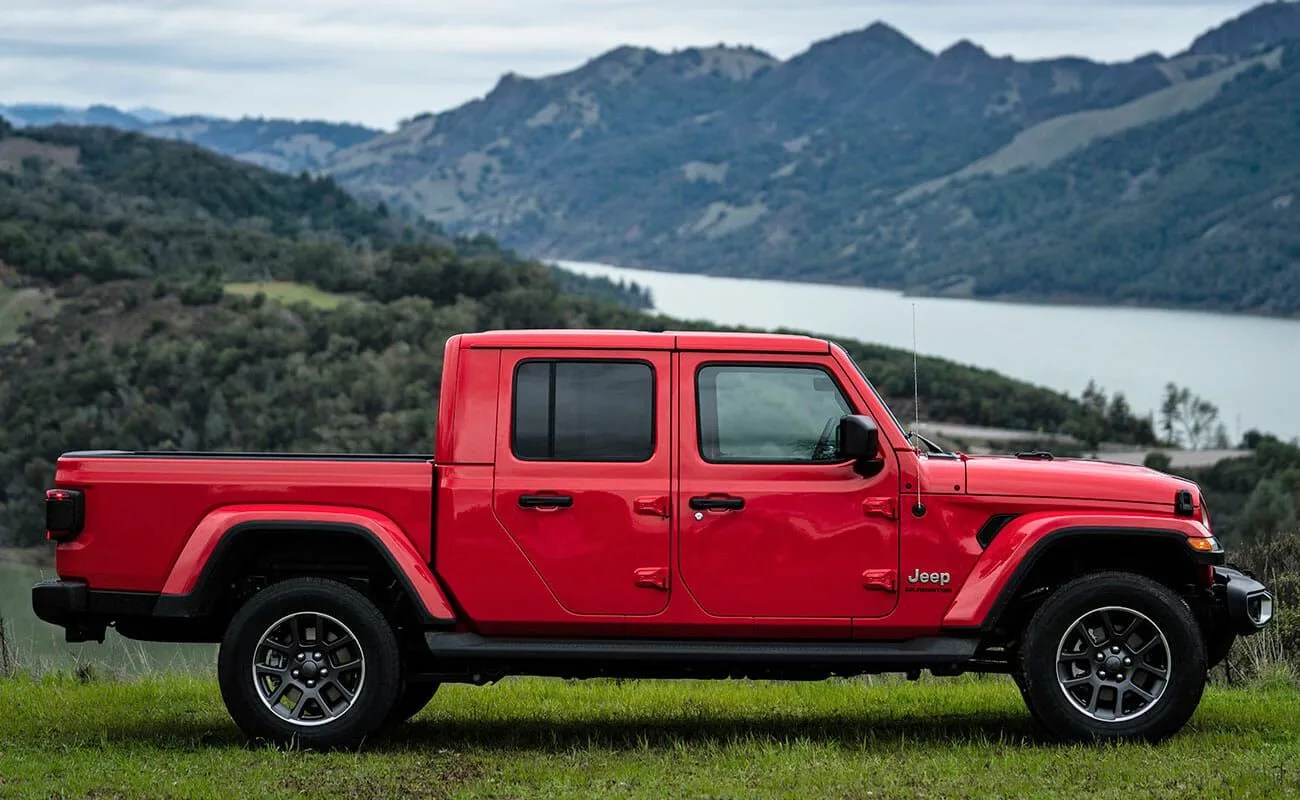
Watch out for: Road handling. While it’s absolutely a beneficiary of the improved ride qualities that debuted in the new Wrangler, it’s still a Jeep riding high on large tires with a suspension optimized for off-roading. This becomes particularly noticeable in the turns, where the Gladiator’s extra length further hampers handling. In the end, it’s fine in a straight line and of course brilliant off-road, but once you’re into a twisty stretch, your stomach might struggle with the extra body roll.
Review: Gladiator revives a fabled nameplate used in a Wagoneer-based pickup between 1963 and 1972. But while, as a Jeep, it’s obligated to live up to its heritage, more important is the truck’s appeal to modern users. In that sense, the Gladiator delivers, both in modern metrics like connectivity and baseline comfort and the nuances that make Jeeps, Jeeps. Out of the gate, it comes powered by a 3.6-liter Pentastar V6 that delivers 285 horsepower and 260 lb.-ft. of torque. (A diesel V6 will arrive next year.) Those numbers might feel low by current truck standards, but they more than deliver at the midsize level, particularly given that the powertrain is optimized for low-end torque and slow-and-steady rock crawling. To help fuel economy, it features engine stop-start and a smooth eight-speed transmission. The manual six-speed option, though, is a joy to drive, especially with gear ratios that allow for stress-free low-speed maneuvering without the constant threat of stalling.
